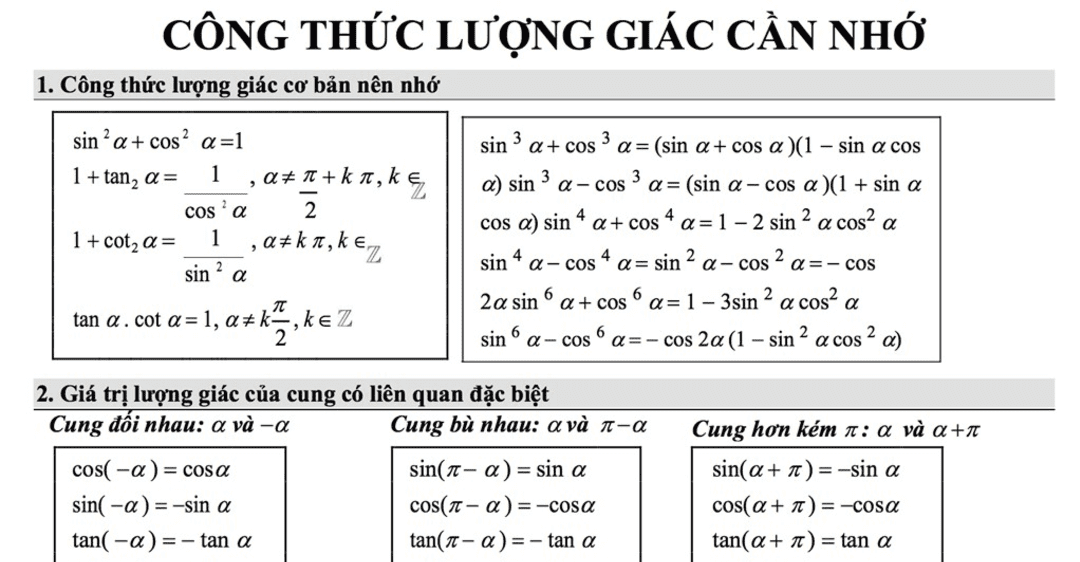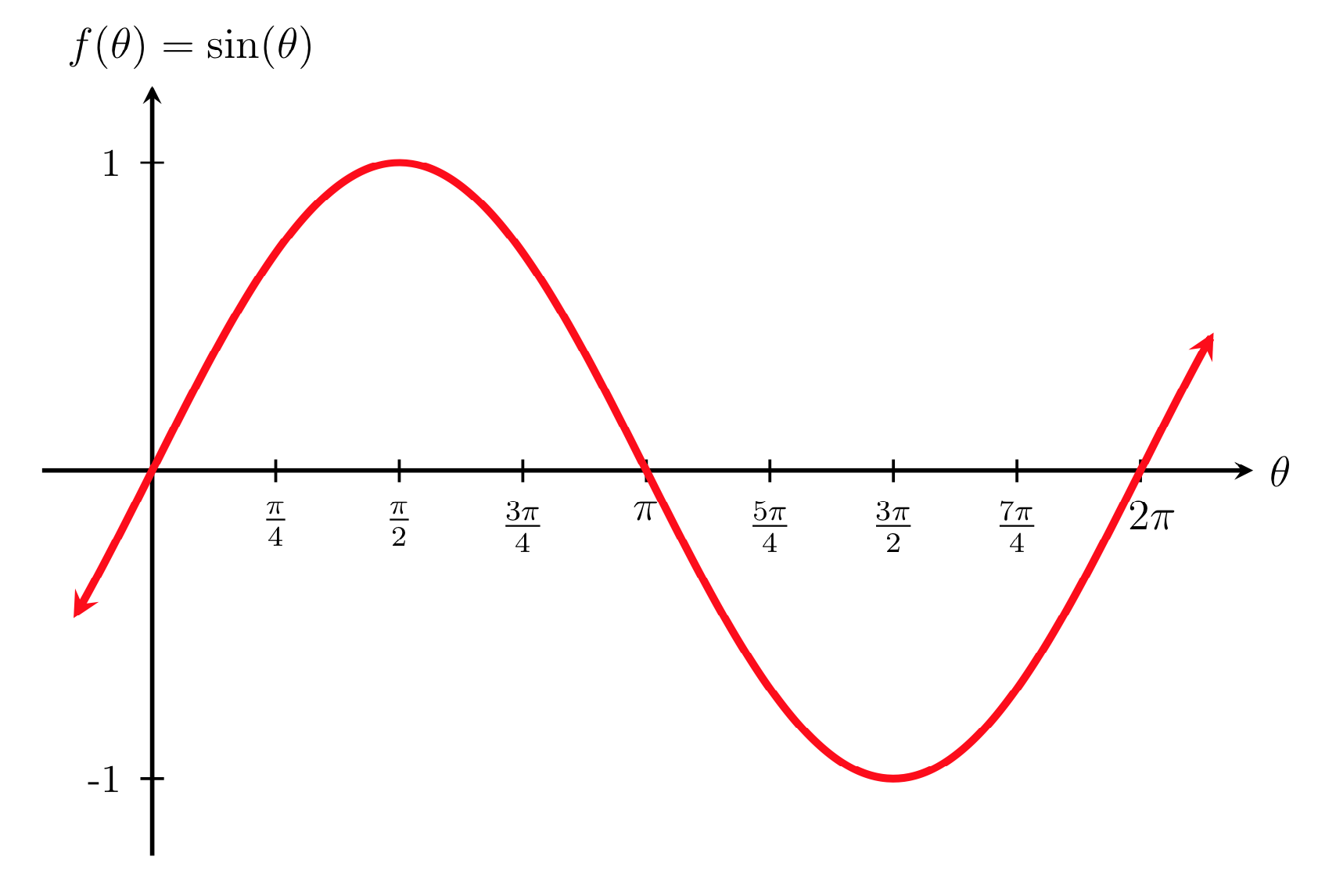If Cos Is 1 3 What Is Sin
If Cos Is 1 3 What Is Sin - Let theta be an angle, 1 will be the opposite side, and 3 will be the hypotenuse. Sin (x) = ± 1 − 9 1 = ± 3 8. The quadrant determines the sign on each of the values. Given these values, we can work out the adj side of our imaginary triangle to work out cosθ. Sinθ = opp hyp, in this case 1 3. Therefore, if cos ( x ) = 1 / 3 \cos(x) = 1/3 cos ( x ) = 1/3 , we conclude that sin ( x ) \sin(x) sin ( x ) has two. Can you find the adjacent side through pythagoras'. Use the definition of cosine to find the known sides of the unit circle right triangle.
Can you find the adjacent side through pythagoras'. Given these values, we can work out the adj side of our imaginary triangle to work out cosθ. Sin (x) = ± 1 − 9 1 = ± 3 8. Sinθ = opp hyp, in this case 1 3. Therefore, if cos ( x ) = 1 / 3 \cos(x) = 1/3 cos ( x ) = 1/3 , we conclude that sin ( x ) \sin(x) sin ( x ) has two. The quadrant determines the sign on each of the values. Use the definition of cosine to find the known sides of the unit circle right triangle. Let theta be an angle, 1 will be the opposite side, and 3 will be the hypotenuse.
Use the definition of cosine to find the known sides of the unit circle right triangle. Let theta be an angle, 1 will be the opposite side, and 3 will be the hypotenuse. Sinθ = opp hyp, in this case 1 3. Can you find the adjacent side through pythagoras'. Therefore, if cos ( x ) = 1 / 3 \cos(x) = 1/3 cos ( x ) = 1/3 , we conclude that sin ( x ) \sin(x) sin ( x ) has two. The quadrant determines the sign on each of the values. Sin (x) = ± 1 − 9 1 = ± 3 8. Given these values, we can work out the adj side of our imaginary triangle to work out cosθ.
Example 10 Show that sin1 3/5 sin1 8/17 = cos1 84/85
Given these values, we can work out the adj side of our imaginary triangle to work out cosθ. The quadrant determines the sign on each of the values. Let theta be an angle, 1 will be the opposite side, and 3 will be the hypotenuse. Can you find the adjacent side through pythagoras'. Sinθ = opp hyp, in this case.
Sin and Cos Graphs XavierhasTran
Can you find the adjacent side through pythagoras'. Sin (x) = ± 1 − 9 1 = ± 3 8. Given these values, we can work out the adj side of our imaginary triangle to work out cosθ. Let theta be an angle, 1 will be the opposite side, and 3 will be the hypotenuse. The quadrant determines the sign.
Solved prove that sin cot^(1) tan cos^(1) 3/4 = 3/4 [algebra]
Use the definition of cosine to find the known sides of the unit circle right triangle. Therefore, if cos ( x ) = 1 / 3 \cos(x) = 1/3 cos ( x ) = 1/3 , we conclude that sin ( x ) \sin(x) sin ( x ) has two. Can you find the adjacent side through pythagoras'..
Công thức Sin Cos Khám phá Toàn Diện từ Cơ Bản đến Nâng Cao
Let theta be an angle, 1 will be the opposite side, and 3 will be the hypotenuse. The quadrant determines the sign on each of the values. Can you find the adjacent side through pythagoras'. Sinθ = opp hyp, in this case 1 3. Therefore, if cos ( x ) = 1 / 3 \cos(x) = 1/3 cos (.
sin[cos^(1)(3/5)]
Sinθ = opp hyp, in this case 1 3. The quadrant determines the sign on each of the values. Can you find the adjacent side through pythagoras'. Given these values, we can work out the adj side of our imaginary triangle to work out cosθ. Sin (x) = ± 1 − 9 1 = ± 3 8.
Question 5 If sin (sin1 1/5 + cos1 x) = 1, find x CBSE
The quadrant determines the sign on each of the values. Let theta be an angle, 1 will be the opposite side, and 3 will be the hypotenuse. Sinθ = opp hyp, in this case 1 3. Can you find the adjacent side through pythagoras'. Given these values, we can work out the adj side of our imaginary triangle to work.
If cos x+ cos y = 1//3 , sin x + sin y=1//4 " then " cos (x+y)=
Therefore, if cos ( x ) = 1 / 3 \cos(x) = 1/3 cos ( x ) = 1/3 , we conclude that sin ( x ) \sin(x) sin ( x ) has two. The quadrant determines the sign on each of the values. Can you find the adjacent side through pythagoras'. Sinθ = opp hyp, in this.
Misc 6 Prove cos1 12/13 + sin1 3/5 = sin1 56/65 Miscellaneous
Can you find the adjacent side through pythagoras'. Therefore, if cos ( x ) = 1 / 3 \cos(x) = 1/3 cos ( x ) = 1/3 , we conclude that sin ( x ) \sin(x) sin ( x ) has two. Given these values, we can work out the adj side of our imaginary triangle to work.
Cosine And Sine Graph
Sinθ = opp hyp, in this case 1 3. Let theta be an angle, 1 will be the opposite side, and 3 will be the hypotenuse. Therefore, if cos ( x ) = 1 / 3 \cos(x) = 1/3 cos ( x ) = 1/3 , we conclude that sin ( x ) \sin(x) sin ( x ).
sin inverse x + cos inverse (1 x)=sin inverse ( x)
Use the definition of cosine to find the known sides of the unit circle right triangle. Therefore, if cos ( x ) = 1 / 3 \cos(x) = 1/3 cos ( x ) = 1/3 , we conclude that sin ( x ) \sin(x) sin ( x ) has two. The quadrant determines the sign on each of.
Sin (X) = ± 1 − 9 1 = ± 3 8.
Sinθ = opp hyp, in this case 1 3. Therefore, if cos ( x ) = 1 / 3 \cos(x) = 1/3 cos ( x ) = 1/3 , we conclude that sin ( x ) \sin(x) sin ( x ) has two. Can you find the adjacent side through pythagoras'. Let theta be an angle, 1 will be the opposite side, and 3 will be the hypotenuse.
The Quadrant Determines The Sign On Each Of The Values.
Given these values, we can work out the adj side of our imaginary triangle to work out cosθ. Use the definition of cosine to find the known sides of the unit circle right triangle.



![sin[cos^(1)(3/5)]](https://static.doubtnut.com/ss/web/1130785.webp)



